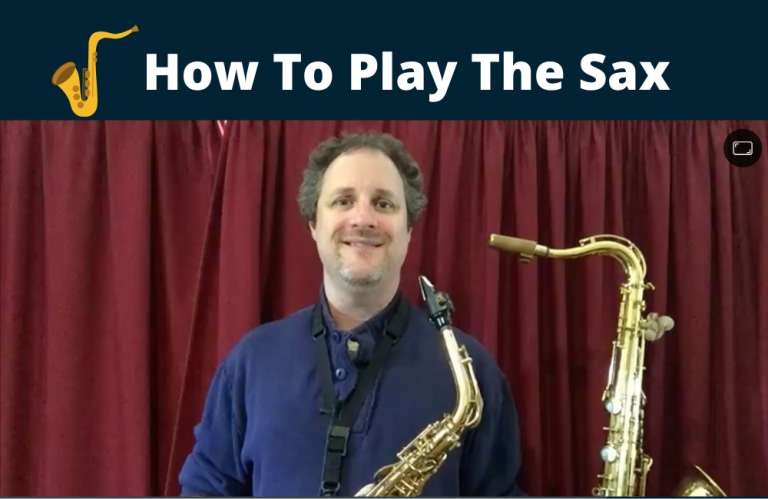
The saxophone, with its rich, expressive voice, has captivated audiences for over a century. But for aspiring players, the initial steps can seem daunting. Balancing fingering techniques, embouchure development, and music theory can feel overwhelming. Fortunately, the digital age has ushered in a new era of learning, with online courses offering a flexible and accessible alternative to traditional in-person lessons.
This review dives deep into the world of “How to Play the Sax” online courses, dissecting the strengths and weaknesses of various programs. Whether you’re a complete beginner holding a saxophone for the first time or a rusty player seeking to rekindle your passion, this review will equip you with the knowledge to choose the perfect online course that aligns with your goals and learning style.
Howtoplaythesax.com is a website where you can find other resources and information about this tool in addition to video lessons. Mathew is an avid saxophonist who has been teaching for many years. In addition, he is an active player who has performed in many countries. In addition to his lessons, you can also use the forum to find answers to many of your saxophone questions.
You will learn how to:
Beginner Saxophone Lessons Course For Alto Sax
Monthly or an annual membership – online saxophone lessons
Mathew is a skilled saxophone player and teacher. He made hundreds of recordings and performed with several bands in Australia, USA, New Zealand, China, or Thailand. His teaching method is very smooth and popular among thousands of beginners. Now, all his students are for alto saxophone but he is also preparing courses for tenor sax.
Rock, Soul, Blues, Pop, Country
PROS
CONS
So, how does “How to Play the Sax” stack up in the world of online saxophone learning? The verdict will depend on your individual needs and learning style.
Here’s what the review likely highlights:
Overall, the review should empower you to decide whether “How to Play the Sax” can become your personal gateway to the world of saxophone playing. Remember, even if this particular course isn’t the perfect fit, the online learning landscape offers a wealth of options. With careful consideration of the review’s insights, you’re sure to find the program that will help you unmute your inner musician and start playing your saxophone symphony!